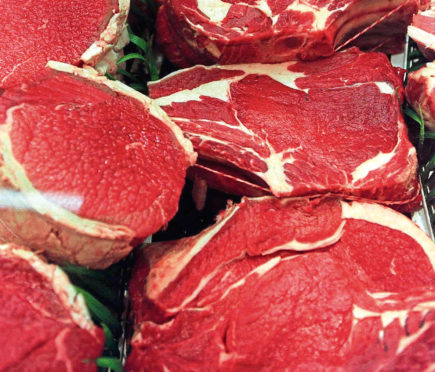Europe’s consumers will be eating less meat in 2030, according to the EU’s latest agricultural outlook report which shows poultry as the only meat set for a strong increase in demand.
Meat consumption overall is forecast to fall from the current 69.3kg per capita to 68.6kg by the end of the next decade, with EU beef production expected to decrease due to a smaller herd, low profitability and declining demand and pork consumption forecast to slide from 32.5kg per capita to 31.7kg over the next 12 years.
Sheep and goat meat production is predicted to increase slightly over the forecast period, however, due to expected improved returns for producers, maintenance of coupled support and sustained domestic demand.
As for poultry, the report forecasts EU production rising to a demand-driven 15.5 million tonnes by 2030, an increase of 1.3m/t on today’s output.
“Many drivers will influence agricultural markets over the next decade in the EU and beyond,” states the report, adding that consumers will become “more conscious of their food, its sourcing and its impact on the environment and climate change.
“For producers, this will result in higher production costs but will also be an opportunity to differentiate their products, adding value while reducing negative climatic and environmental impact. This will be reflected in alternative production systems, such as local, organic or other certified products”.
The report also projects a decline of total agricultural land in the EU, although at a slower pace than in the past decade. The expectation is that EU farm output will be drawn from 176 million hectares in 2030, which will be 2m/ha less than is in use today.
Forecasts for the arable sector, meanwhile, include expectations of continued growth for cereals with EU production expected to reach 325m/t by 2030, up from 284m/t in 2018. Such growth will be driven by an increase in the industrial use of cereals, alongside a small rise in feed demand and export prospects.










